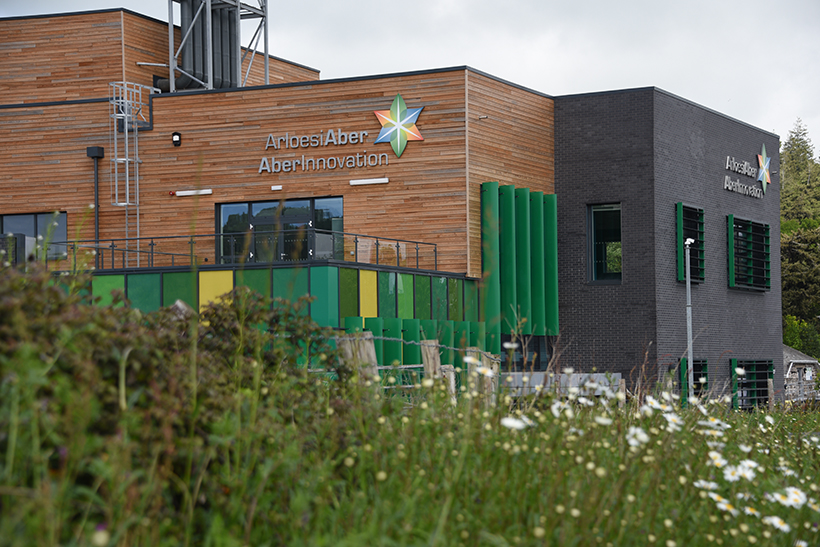Putting Welsh lamb to the tenderness test
Internationally renowned technology is helping to maintain PGI Welsh Lamb as the first choice for buyers at home and abroad by scientifically assessing its tenderness
It is the subject of the third trial of the five-year Welsh Lamb Meat Quality Project, run by Hybu Cig Cymru – Meat Promotion Wales (HCC) and funded by the EU and the Welsh Government. Results will be used to further enhance the quality and reputation of Welsh Lamb.
The project looks at how on farm and processing factors affect the eating quality of lamb, as well as its nutritional value. Trial three is investigating lamb gender effect and seasonality. It follows two previous trials evaluating the effect of the muscle cut, breed type, meat ageing period and the lambs' diet.
As part of trial three, the texture of lamb meat is being assessed using the acknowledged, scientifically robust, Warner Bratzler Shear Force method to evaluate meat tenderness. The aim is to fine tune the elements of lamb production and processing that influence tenderness, with tenderness as one of the most important factors prompting consumer satisfaction and repeat purchase.
The analysis of lamb meat tenderness is being carried out by researchers in IBERS and AberInnovation in the state of the art facilities at the new AberInnovation campus at Aberystwyth University. It is part of a wider study involving a combination of consumer panel tasting and scientific measurement to establish the qualities of tenderness, juiciness, flavour, aroma and overall liking in various samples of cooked lamb. Warner Bratzler Shear Force measures the physical force required to cut through precisely prepared samples of cooked meat.
HCC Senior Meat Quality Officer, Elizabeth Swancott, explained that clearly a tender piece of meat requires less force, a tougher piece requires increased force.
She said: "Chump muscles are used for the shear force measurement, allowing for a direct comparison of meat tenderness across four seasons.
"We will have a total of 288 PGI Welsh Lamb chump meat samples analysed by shear force and have a representative for the tenderness of those lamb samples.
"Samples have come from 26 farms across Wales and we've worked with four major processors to have an integrated approach within the supply chain and a representative of the Welsh industry.
"Tenderness can be influenced by many different factors across the supply chain, from farm to processing, packaging, storage, cooking and pre-slaughter stress. There are also processing factors, such as hanging methods.
The results will be included in a final report due at the end of the year. It will form the basis for industry discussions to further understand what on farm and processing factors could be influencing the eating quality and, in particular, the tenderness to understand what can be done to maintain or even maximise meat tenderness.
The Shear Force project results will be combined with consumer scores taken at the previous taste panels to understand how meat tenderness can be impacted. By the end of the project 2,000 consumers will all have taste tested seven samples of lamb each.
It is yet another element in building the story of Welsh Lamb. The science behind the tenderness, as well as the taste, will help to reinforce the message that it ranks among the best in the world.
The Welsh Lamb Meat Quality Project is one of three 5-year projects in the Red Meat Development Programme which is funded by the Welsh Government Rural Communities – Rural Development Programme 2014-2020, which is funded by the European Agricultural Fund for Rural Development and the Welsh Government.






